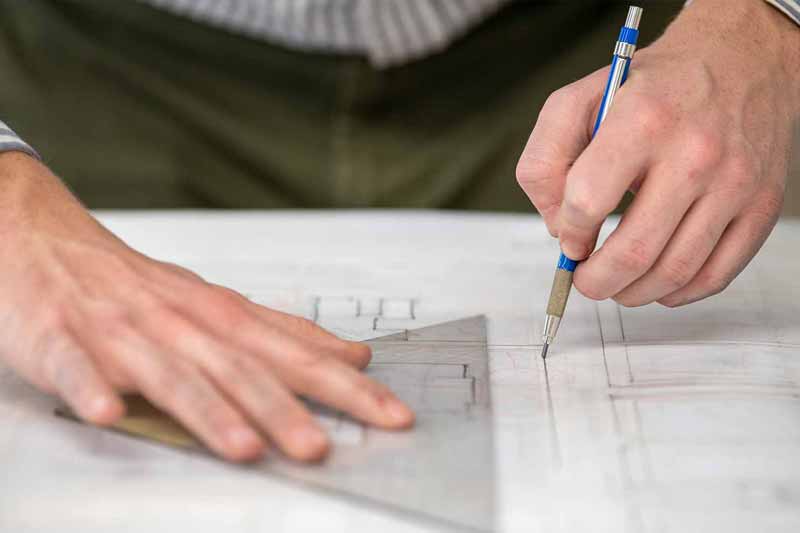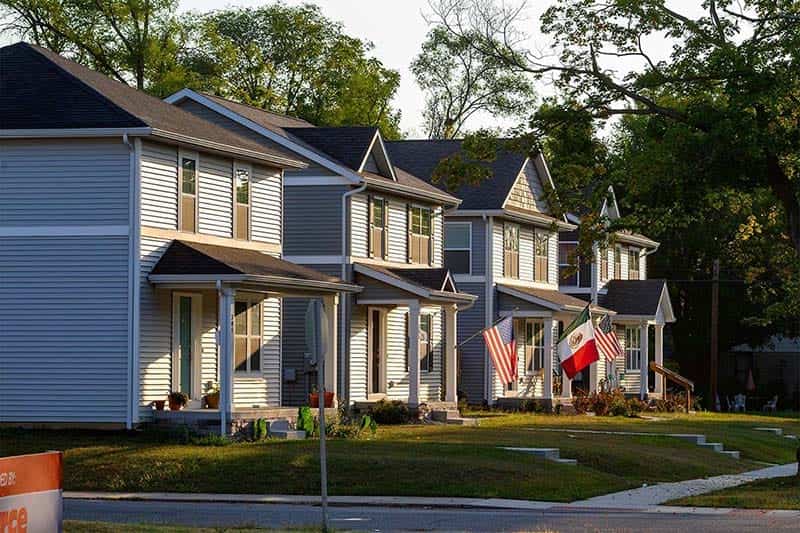
Each summer, Notre Dame’s Center for Civic Innovation (CCI), part of the College of Engineering, operates an internship program in partnership with local governments and organizations in South Bend and Elkhart aimed at understanding and addressing some of the region’s most pressing issues, from clean air, water and soil to food security and affordable housing.
This year — in a new collaboration with Notre Dame’s Fitzgerald Institute for Real Estate (FIRE) with additional financial support from the Judd A. Leighton Foundation and enFocus — four CCI interns assisted the city of South Bend to develop infill housing in areas where social and economic factors and past public policy have contributed to a lack of safe, affordable housing options and unfavorable conditions for new investment.
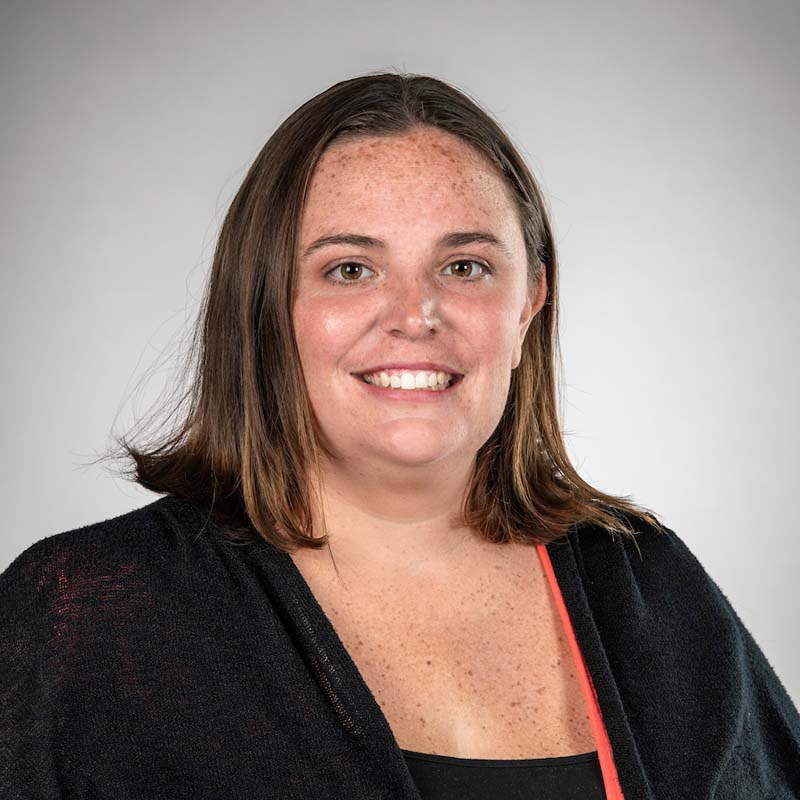
“The collaboration and mentorship offered by the CCI internship program provides a way for students to connect to the South Bend community and the people in it.” —Lauren Lounsbury
Infill housing, which refers to new housing constructed on vacant or undeveloped land within an established urban community, has important access to existing services and infrastructure, such as streets, sidewalks, parks, sewers, bike and walking paths, police and fire services and public transportation.
Working with Lauren Lounsbury, internship program manager with CCI in South Bend, the interns, including two Notre Dame students, helped to test design prototypes for single- and multi-family infill housing in five areas of the city — the Near Northwest and Near West sides, Kennedy Park, the Southeast Side and Rum Village — based on lot sizes, market conditions, local zoning laws and principles of affordable and sustainable design.
The interns created an inventory of vacant lots and conducted research to inform the location and design of new housing units with a focus on scale and neighborhood context. At the end of the exercise, they tested the infill prototypes on specific lots to see how they might work financially.
Designed with input from local builders, the prototypes ranged from an accessory dwelling unit to a narrow house to a six-unit apartment building, providing for a variety of options and price points that correspond in scale to single-family housing and meet the demand for dense, walkable urban spaces.
Proposed pre-approved infill housing types
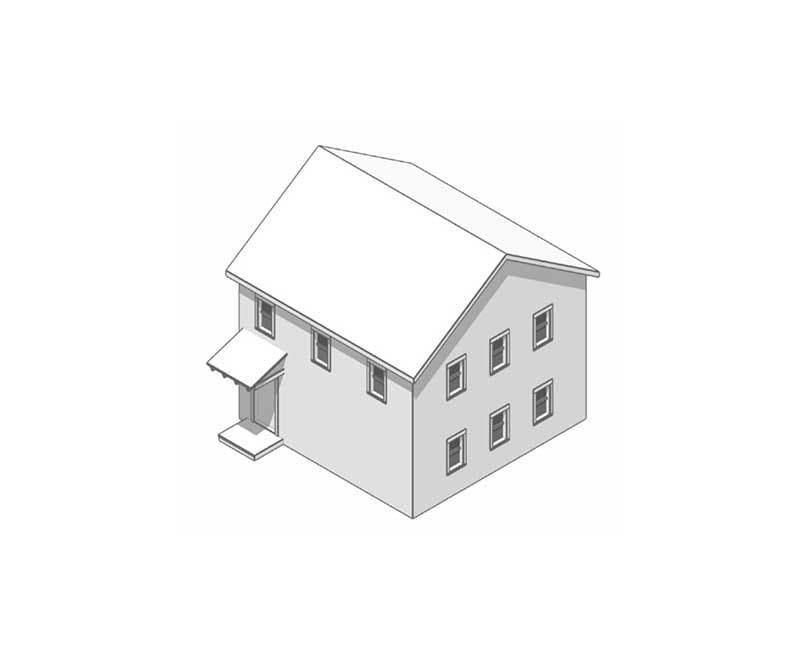
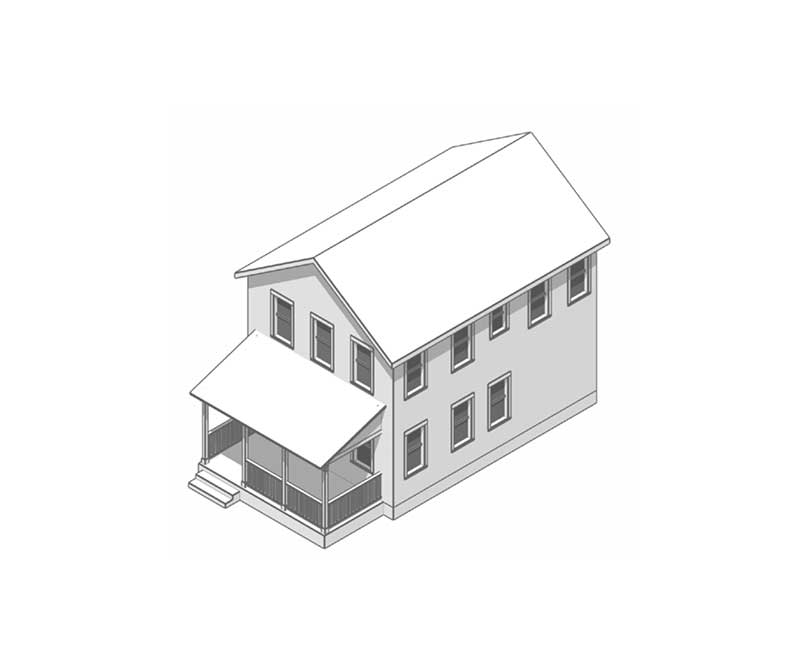
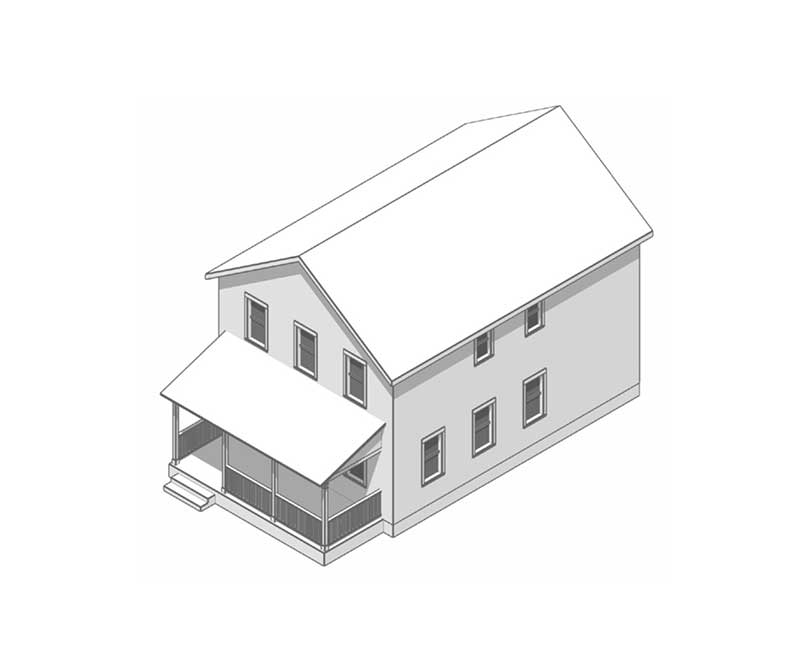
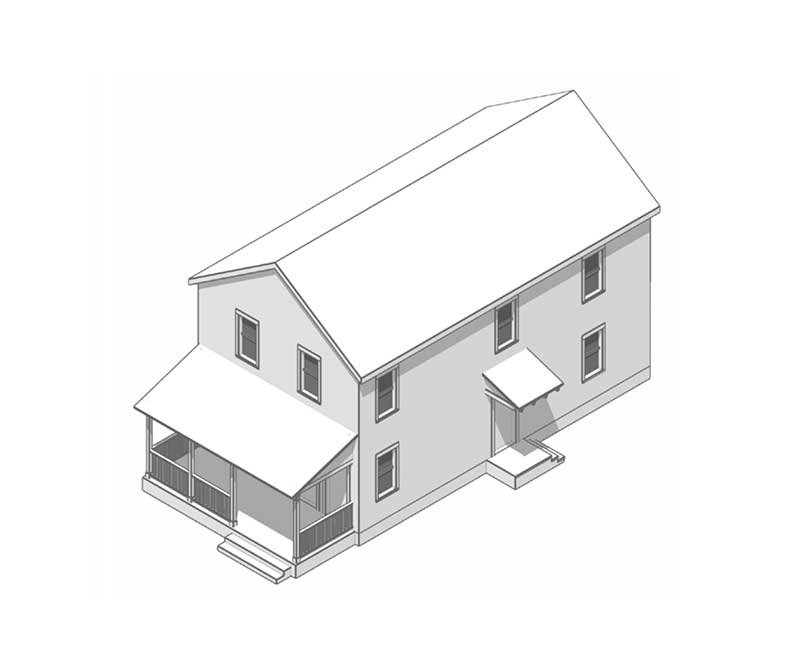
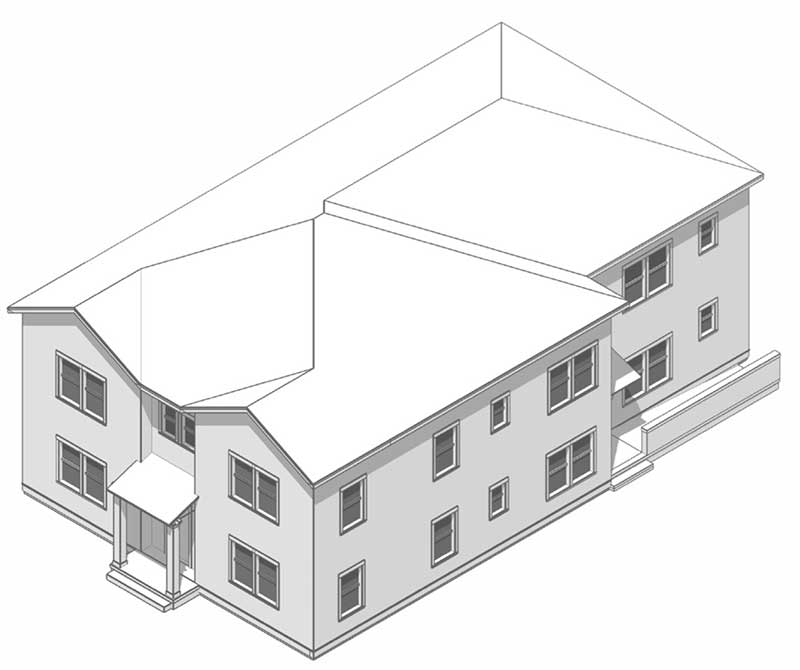
Ultimately, the city hopes to create a catalogue of pre-approved residential building types that offer a range of contextually appropriate plans to individuals and developers who want to pursue infill projects in the city.
From a student perspective, the project offered the opportunity to collaborate with fellow students, as well as faculty and public and private sector professionals, across a variety of disciplines, from architecture and urban design to business, engineering, law and finance.
“The collaboration and mentorship offered by the CCI internship program provides a way for students to connect to the South Bend community and the people in it,” said Lounsbury, a former intern and internship site coordinator with CCI who earned her Bachelor of Science in international health from Bethel University in Mishawaka in 2019. “This connectedness gives students, like myself, the opportunity to see South Bend as a place they can live and work after graduation.”
Once approved by the city, building plans will be made available to developers and homebuyers for a nominal fee as part of a fast-track permitting process, helping to reduce the “appraisal gap” — the difference between the cost of a new home and its ultimate value — in parts of the city where construction costs consistently exceed home values because of underlying economic conditions.

“If you take a prototype and build it as is, or even modify it a bit, you can save several months or more in the predevelopment phase of the project, and time is money in the real estate business.” —Jason Arnold
This gap, which is a result of downward pressure on property values from years of disinvestment and discriminatory housing policy, discourages new investment in all but the most stable areas of the city, further contributing to disinvestment and decline in the less stable areas.
The potential savings are significant.
As a portion of the cost of a new home, building plans typically range from 7 to 11 percent, or as much as $22,000 for a $200,000 home.
“By providing these pre-approved plans you can substantially reduce the soft costs on a residential project,” said Jason Arnold, term teaching faculty and managing director of FIRE, a University-level institute focused on the study of all aspects of real estate, including core areas such as investment and development as well as fundamental questions about how to invest, build and develop for the common good.
Soft costs include design, permitting and financing fees, but time is another factor, Arnold said, noting, “If you take a prototype and build it as is, or even modify it a bit, you can save several months or more in the predevelopment phase of the project, and time is money in the real estate business.”
For example, he said, “If you want to lock in favorable terms on a construction loan, you could do that pretty quickly with a pre-approved set of plans, versus hiring an architect to execute a new design that can take many months. In that case, the financing options might have gone in a different direction.”
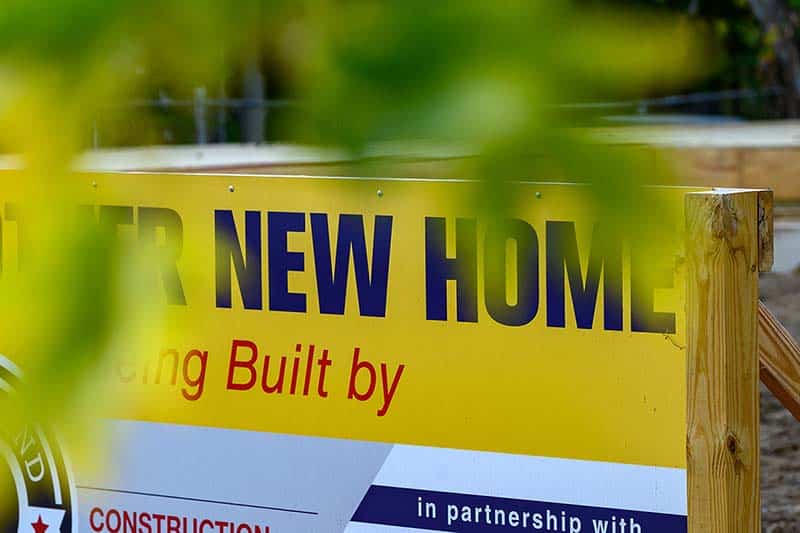
This is CCI’s first time collaborating with FIRE, which in addition to its focus on research and industry engagement offers a minor in real estate that draws nearly 300 undergraduate students from a variety of academic backgrounds, including finance, architecture, economics and engineering, as well as more than 20 other majors across campus.
It’s an especially promising relationship, offering access to both faculty experts and prospective interns for CCI and to local opportunities for student and faculty engagement and research for FIRE.
“This is something we have been talking about for well over a year,” said Jay Brockman, professor of the practice in the Department of Computer Science and Engineering at Notre Dame and director of CCI. “We were just looking for the right kind of project and this one fit very well.”
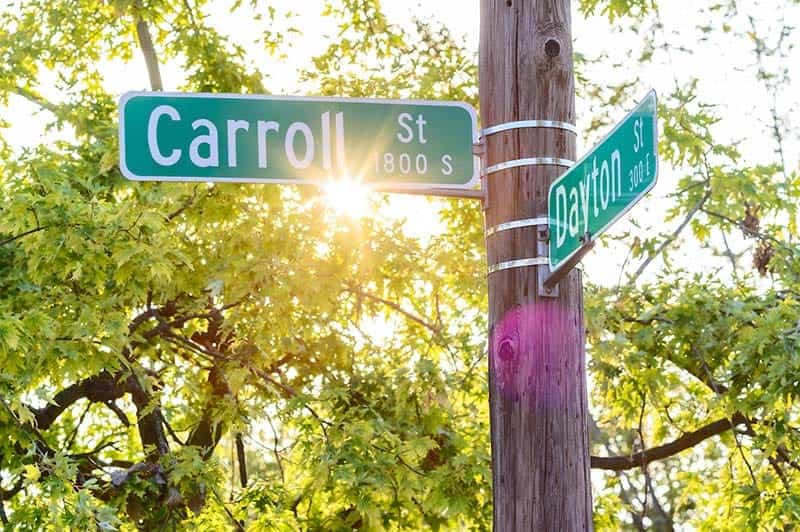
Already, there is talk of expanding the partnership.
“We’ve been talking about how we can build on the summer internship experience,” Arnold said, “to leverage our relationships with the city and other stakeholders, expand access for our students via the classroom and support applied research in affordable housing and communities.”
With a background in real estate and design, including a degree in architecture from Notre Dame, Arnold served as one of several mentors to the interns, including Notre Dame architecture student Isabella Botello, a sophomore in the Minor in Real Estate program, and Notre Dame civil engineering student Angelique Mbabazi, as well as Purdue University Fort Wayne student Ruben Velazquez and Zuzanna Kukawska, a recent graduate of John Adams High School in South Bend.
For Botello, who was inspired to study architecture while living as a young woman with her family in Brazil, a global center of traditional and modern architecture, it was a valuable opportunity to learn outside of the classroom.
“It was nice being exposed to the different aspects of development,” Botello said. “The real estate part of it. The architecture part of it. The contracting part of it.”
As someone who is interested in affordable housing from an architectural standpoint, Botello also appreciated the opportunity to collaborate with working architects and designers around a real-world problem with direct implications for the local community.
That aspect of the project appealed to Mbabazi as well.
“It was valuable to work with people who have different backgrounds and ways of doing things,” Mbabazi said.
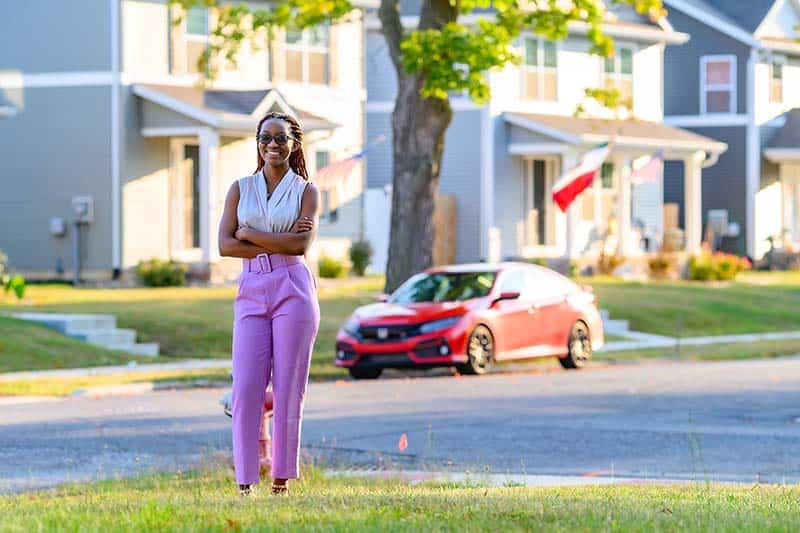
She said she ultimately hopes to use what she learns here in the U.S. to improve access to affordable housing in her native Rwanda, where demand for housing outstrips supply and financing is prohibitively expensive for most citizens.
“Growing up I saw many issues (around housing) in my country and village, and I got interested in houses because I just wanted to make an impact,” she said. “That’s one of the main things that pushed me to study civil engineering. And more practically, I’m a person who likes to do things with my hands, so civil engineering is perfect in that respect.”
“What we did with the interns this summer was really invaluable,” said Jennifer Settle, a self-employed urban designer and architect hired by the city to consult on the project. “Essentially, we said, ‘We want you to test our work. Does this process make sense? Do these buildings make sense?’”
“The goal of these pre-approved plans is to encourage infill development and to incentivize and provide resources for people who want to invest and build wealth and improve their own neighborhoods.” —Liz Maradik
In addition to Arnold, Brockman, Settle and Lounsbury, others involved in the project included Liz Maradik and Tim Corcoran, planners with the city of South Bend’s Department of Community Investment; Jennifer Griffin, co-founder and principal of J Griffin Design; and Jim Kumon, former executive director and co-founder of the Incremental Development Alliance and current principal at Electric Housing.
Like Arnold, Settle and Griffin are both graduates of Notre Dame, Settle with a Bachelor of Architecture and Griffin with a Bachelor of Architecture and a Master of Architectural Design and Urbanism.
In many ways, South Bend is primed for infill development.
Like many places in the industrial Midwest, the city experienced significant population loss during the second half of the 20th century as industry declined or moved overseas and people abandoned the city for the suburbs, resulting in an oversupply of housing in many areas and a growing vacant and abandoned housing problem.
Seeking to address this problem, the city in 2013 embarked on an ambitious campaign to repair or demolish 1,000 vacant and abandoned homes in 1,000 days, resulting in hundreds of newly vacant lots along with an equal number of opportunities for new development, from community gardens and pocket parks to new single- and multi-family infill housing.
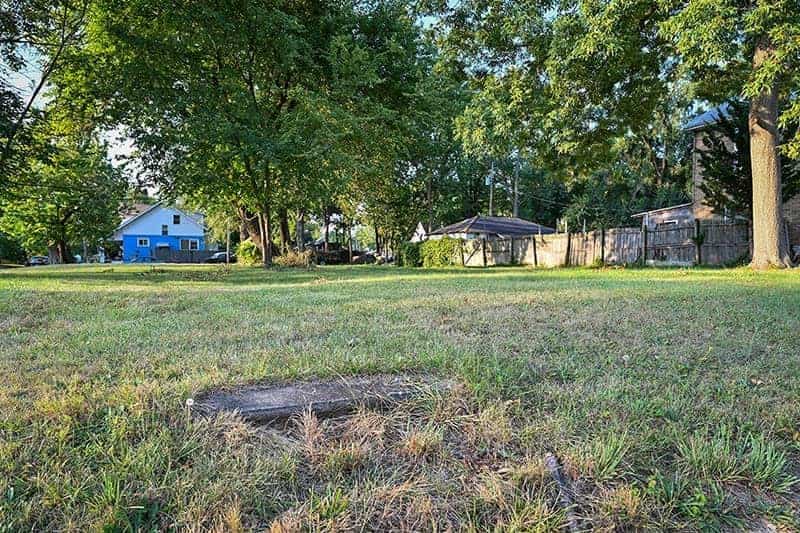
Already, newly created parks and gardens and low-income and affordable housing — subsidized with grants and tax dollars from local, state, federal and/or nonprofit sources — fill many of the lots, contributing to reduced blight and improved property values.
Market-rate housing is the final piece of the puzzle.
“The goal of these pre-approved plans is to encourage infill development,” said Maradik, with the city of South Bend, both as a way to encourage outside investment and to “incentivize and provide resources for people who want to invest and build wealth and improve their own neighborhoods.”
Established in 2018, CCI seeks to improve the community through collaboration, innovation and research, primarily through its summer internship program for college and high school students.
In addition to infill housing, interns this summer worked on lead testing, home repair, traffic calming, educational outreach, data management, food access and urban sustainability and resiliency in South Bend, and wayfinding, bilingual services, resource mapping and advanced manufacturing and sustainability in Elkhart.
